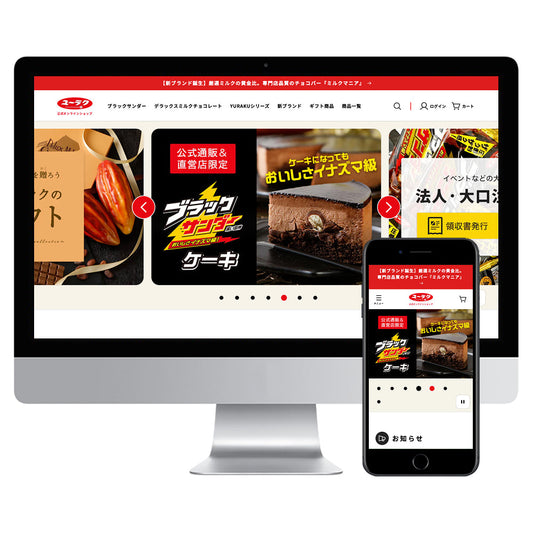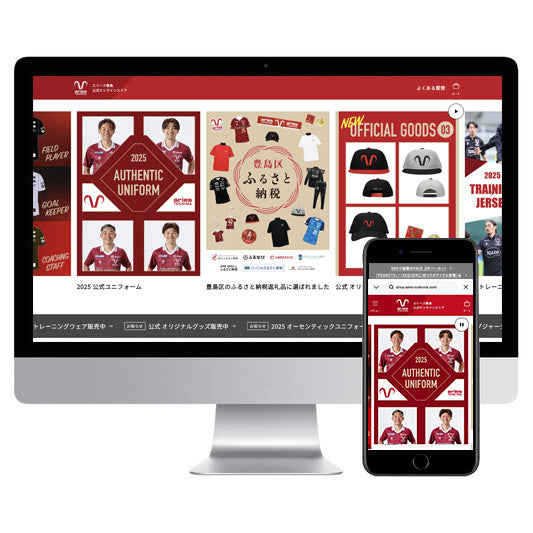What is EMS (Express Mail Service)?
As an increasing number of companies are considering overseas shipping (cross-border e-commerce), the first thing you should know about is EMS (Express Mail Service), an international shipping service provided by Japan Post.
EMS is the fastest international mail service, allowing you to send documents and packages weighing up to 30kg to over 120 countries and regions around the world.
As you can see from the fact that it offers package tracking and a compensation system, it is a safe service and has many users, making it relatively easy to use.
Shipping fees are determined by area and weight
EMS shipping fees are determined by the shipping area and weight. Size does not affect the price, as it does for domestic shipping.
*However, there are restrictions on size/weight that can be delivered depending on the region.
Companies that do cross-border e-commerce will need to adjust shipping rates by region. Please note that if you set the same rate across the board, the amount will be nearly double between Asia and Europe.
Prohibited Items
In international mail, there are laws, treaties, etc. that each country has in place that stipulate what items cannot be handled. This is not limited to EMS, but is basically the same for other delivery methods.
We recommend that you check for prohibited items before making any shipping arrangements.
→ Items prohibited from EMS delivery
What are the two documents required for EMS?
INVOICE
INVOICE: A document required for "customs declaration and inspection" when sending goods overseas. It is also required for import customs clearance in the destination region (country).
*The types and number of documents required may vary depending on the country. Please check below.
Customs Declaration
Customs notification form: A form used to notify customs of the contents of mail. When shipping overseas, it is necessary to provide specific details such as the name, quantity, and value of the package contents. There are two types of customs notification forms, "CN22" and "CN23", which differ depending on the value of the contents. However, "CN23" can also be used in place of "CN22", so basically, "CN23" will be sufficient for all shipments.
* "CN22": This document is required when enclosing goods worth less than 300 SDR.
* "CN23": This document is required when enclosing goods worth 300 SDR or more.
(1 SDR = 152.9177 yen/as of January 1, 2018)
How to write an invoice

Notes when filling out the form
Please write it in a language commonly used in the destination country (or English or French).
How to write an INVOICE
- Invoice creation date: Enter the creation date and place of creation (JAPAN)
- Requester: Enter the sender's name, address, and phone number
- Delivery address: Enter the recipient's name, address, and phone number
- Inquiry number: Enter the number on the EMS label (waybill)
- Delivery method: Enter the shipping method (in this article, EMS will be used.)
- Payment terms: No special requirements
- Remarks: Check the relevant item
- Description of contents: Enter the specific item name, net weight, quantity, unit price, total amount for each item, and total amount. *Ambiguous entries such as "daily necessities" are not allowed.
- Currency: JPY
- Number of parcels, total weight, country of origin: Fill in as instructed
- Signature: Enter the sender's signature
How to fill out the Customs Declaration Form (CN23)

Notes when filling out the form
Please write it in a language commonly used in the destination country (or English or French).
CN23 is a replacement for CN22. This time, we will only explain how to write CN23.
How to fill out the Customs Declaration Form (CN23)
- Sender: Enter the sender's name, address, postal code, and country
- Recipient: Enter the recipient's name, address, postal code, and country
- Postal code: Enter the number on the EMS label (waybill)
- Detailed description of contents, quantity, net weight (total weight), price (total amount): fill in as instructed
- Only for products: Enter the country of origin of the product (HS code can be left blank)
- Sending address and date: Filled out at the post office
- Sender's signature and date: Enter the date and sender's signature
→ Download the Customs Notification Form
How to write an EMS label (shipping slip)
When using EMS as an individual, most people will probably use handwritten EMS labels (waybills). EMS slips are only available at post offices, so you will have to go to the post office to pick them up. For corporations or those with a large volume of shipments, writing everything by hand is not only time-consuming, but also has the disadvantage of being prone to mistakes.
The "International My Page Service" solves such problems.
International My Page Service
The "Online Shipping Tool" in the Japan Post International My Page service allows you to import data and create EMS labels (waybills) in bulk. In addition, you can print them on your home or office printer, which leads to a significant reduction in time and error prevention.
First of all, we recommend you register.
→ International MyPage service registration page
Check the information to be entered on the input-type EMS label (waybill)

Notes when filling out the form
Please write it in a language commonly used in the destination country (or English or French).
A special pouch (shipping envelope) is required. You must order it from your My Page.
How to fill out an EMS label (waybill)
- From: Enter the sender's name, address, postal code, country, and phone number.
- To (recipient): Enter the recipient's name, address, postal code, country, and phone number.
- Detailed description of the contents: Country of origin, quantity, net weight, total value (total amount): fill in as instructed
- Only for products: Enter the country of origin of the product (HS code can be left blank)
- Total weight: Enter the total weight of the package
- Postage: Once the total weight has been entered, it will be reflected automatically.
- Signature: Enter the sender's signature
Delivery arrangements
Once you have collected the packaged item, invoice, customs declaration, and EMS label, you can complete the shipment at your post office or have the item collected by EMS.summary
For corporations, discounts are available by entering into a corporate contract.
With demand for international shipping (cross-border) continuing to grow in the future, the delivery method will become extremely important.
The biggest appeal of EMS is that it is extremely reliable in terms of compensation and speed. There are other services (Yamato Transport "International Delivery Service", Sagawa Express "Hikyaku International Delivery Service", DHL, etc.), but why not start with EMS?




